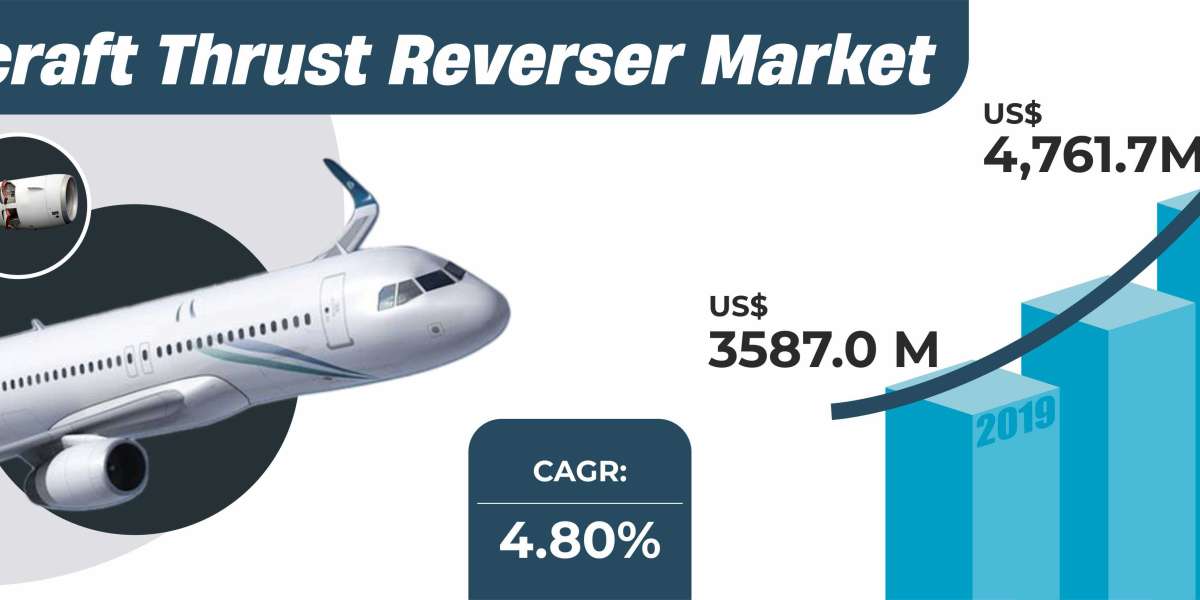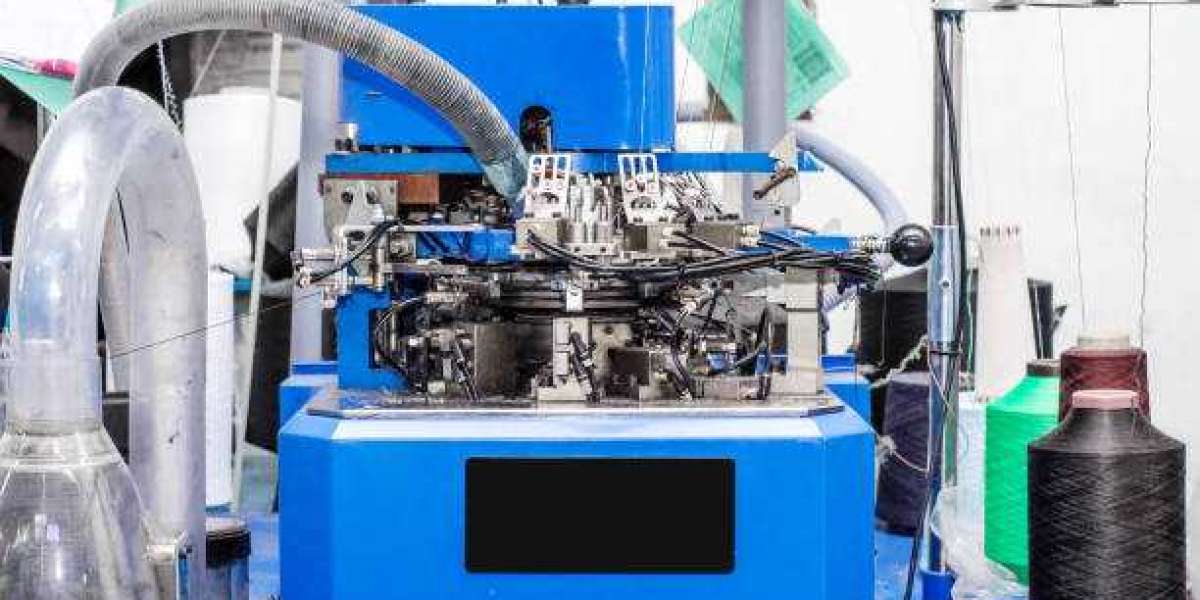The aircraft thrust reverser market is a highly specialized segment of the aerospace industry, where manufacturers strive to deliver innovative solutions that balance performance, efficiency, and compliance with stringent regulations. With increasing air travel and aircraft production, the competitive landscape is evolving rapidly, presenting opportunities and challenges for both established and emerging players.
According to Stratview Research, the aircraft thrust reverser market was estimated at USD 3587 million in 2018 and is likely to grow at a CAGR of 4.80% during 2019-2024 to reach USD 4761.7 million in 2024.
Key Market Players
- Safran S.A.: A global leader in aerospace systems, Safran dominates the market with its advanced thrust reverser technologies, particularly for narrow-body and wide-body aircraft. Its focus on lightweight materials and integration with engine systems positions it as a key player in the market.
- Collins Aerospace (Raytheon Technologies): Known for its high-performance systems, Collins Aerospace leverages cutting-edge technologies and a strong global presence to maintain its competitive edge. Its commitment to innovation in noise reduction and fuel efficiency has earned it a significant market share.
- Spirit AeroSystems: As a major supplier of thrust reversers, Spirit AeroSystems specializes in composite materials and manufacturing techniques. Its partnerships with leading aircraft manufacturers bolster its market position.
- GKN Aerospace: GKN Aerospace focuses on integrating advanced engineering with sustainability. Its thrust reverser systems are designed for both commercial and military applications, contributing to its diverse market reach.
- Triumph Group, Inc.: Triumph’s expertise in aftermarket services and its focus on retrofit solutions make it a prominent player in the MRO segment, complementing its OEM offerings.
Market Dynamics
- OEM vs. Aftermarket: While OEMs dominate the initial thrust reverser supply for new aircraft, the aftermarket segment, driven by maintenance, repair, and overhaul (MRO) activities, is expanding rapidly. Airlines prioritize cost-effective solutions, providing growth opportunities for aftermarket providers.
- Regional Insights: North America dominated the market with a share of more than 45% in 2018 and is expected to remain the largest aircraft thrust reverser market during the forecast period, whereas Asia-Pacific is expected to experience the highest growth during the same period.
- Technological Advancements: Manufacturers are focusing on lightweight materials, such as carbon fiber composites, and advanced actuator systems to enhance performance and reduce environmental impact. These innovations are reshaping competitive dynamics.
Conclusion
The competitive landscape of the aircraft thrust reverser market reflects a dynamic interplay of technological innovation, strategic collaborations, and regional growth. As demand for efficient and environmentally friendly aviation solutions rises, manufacturers must continue to innovate while adapting to the diverse needs of global markets.














